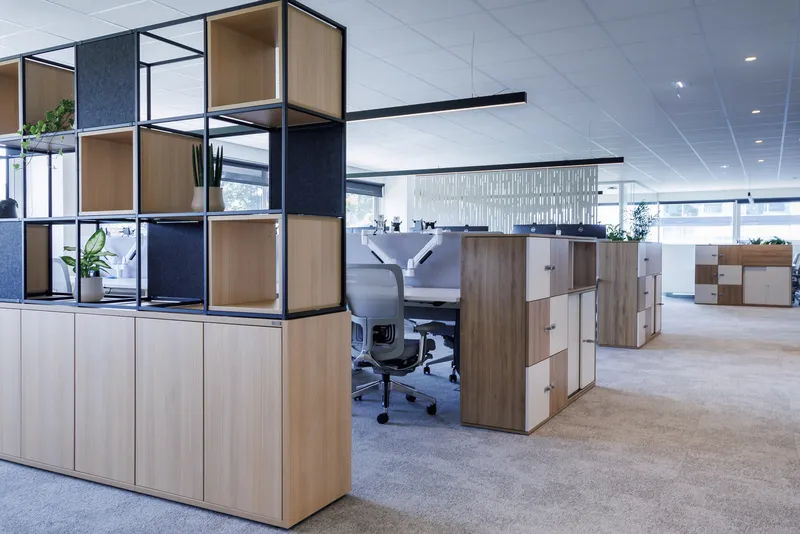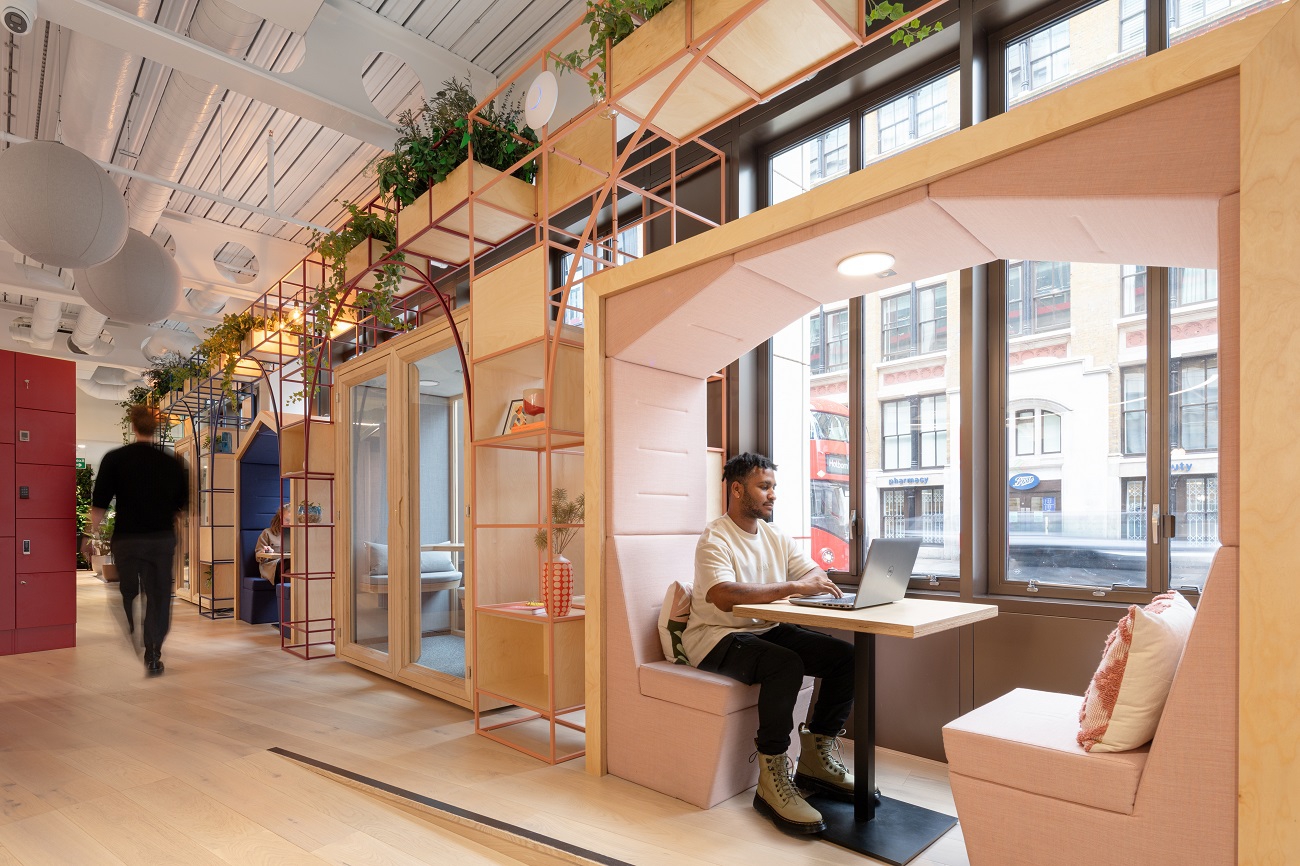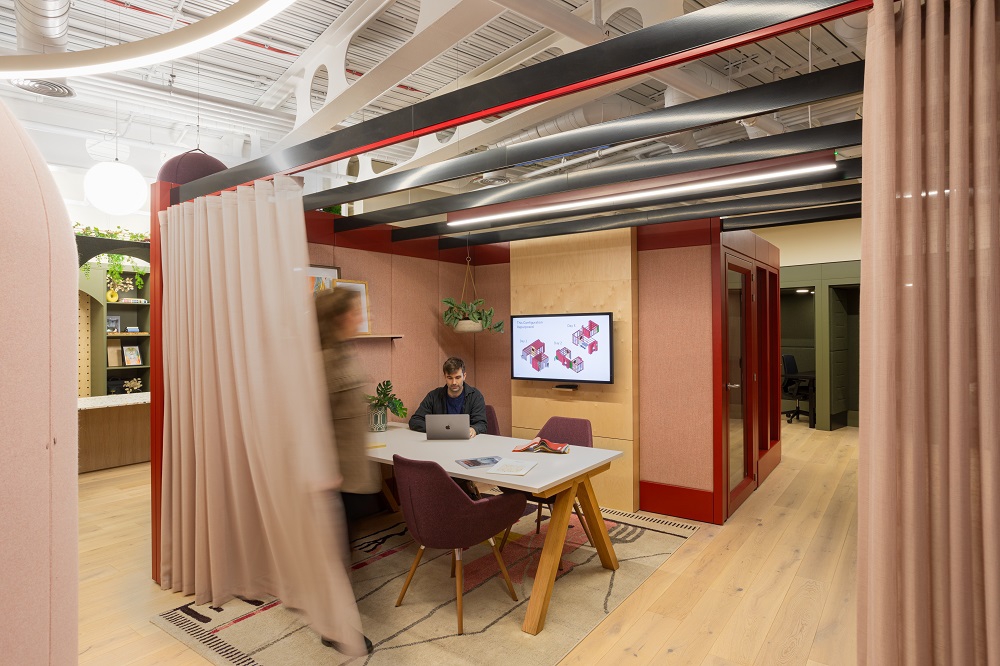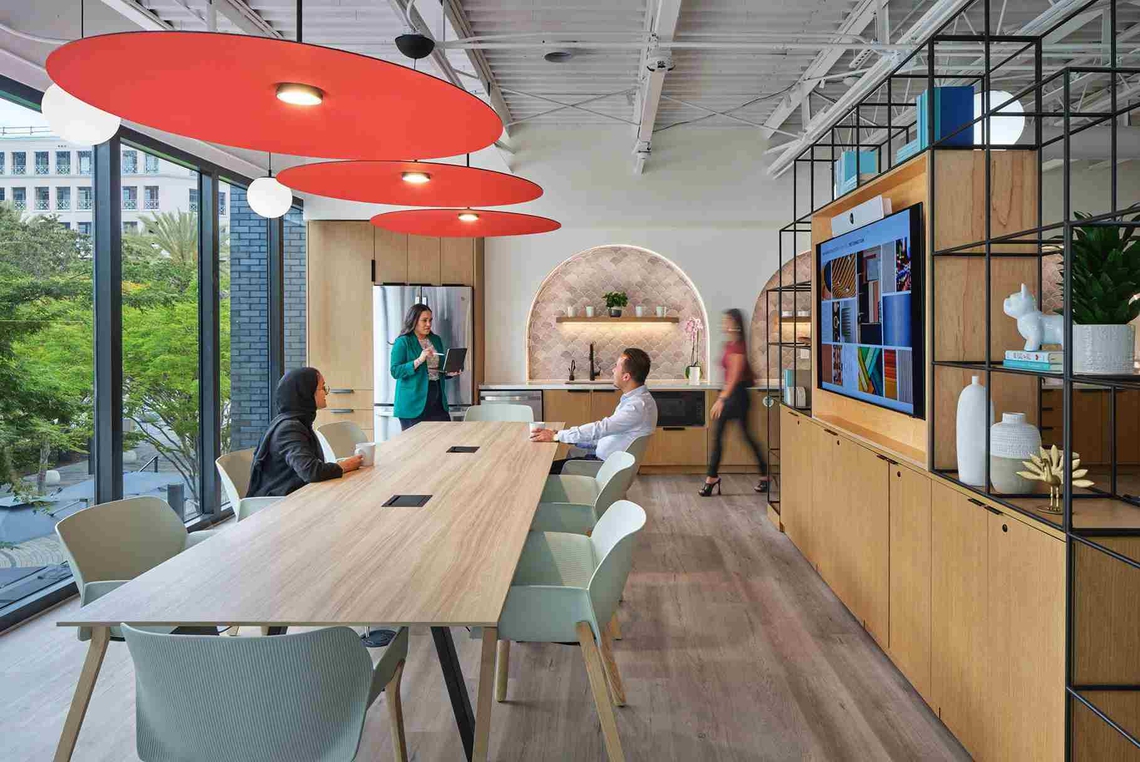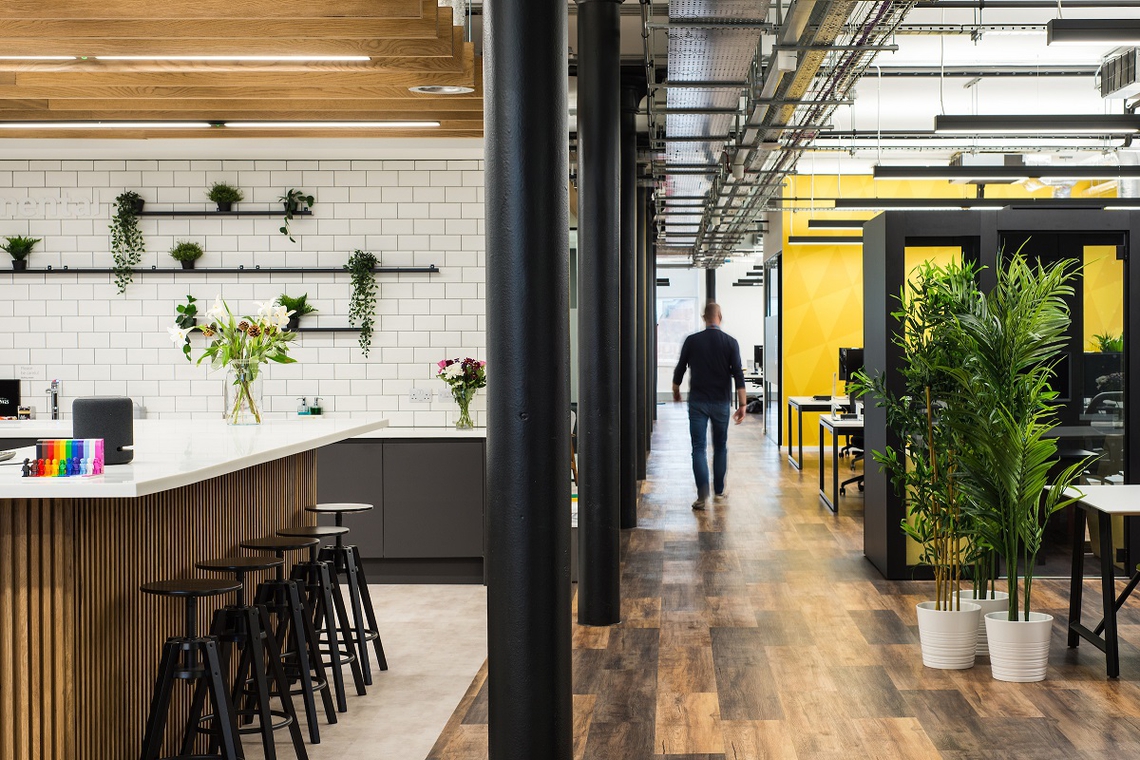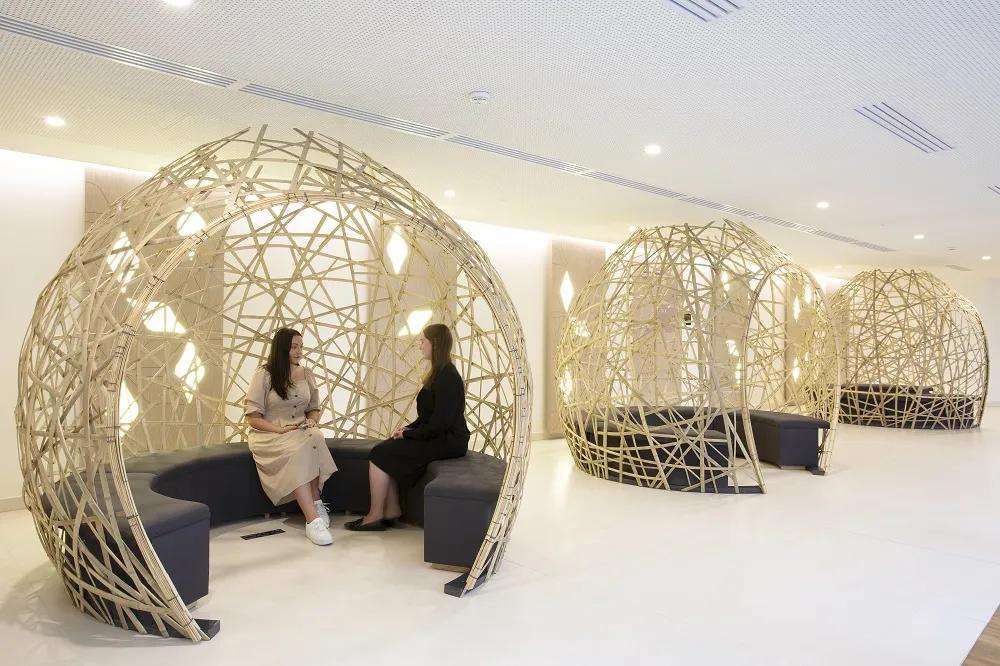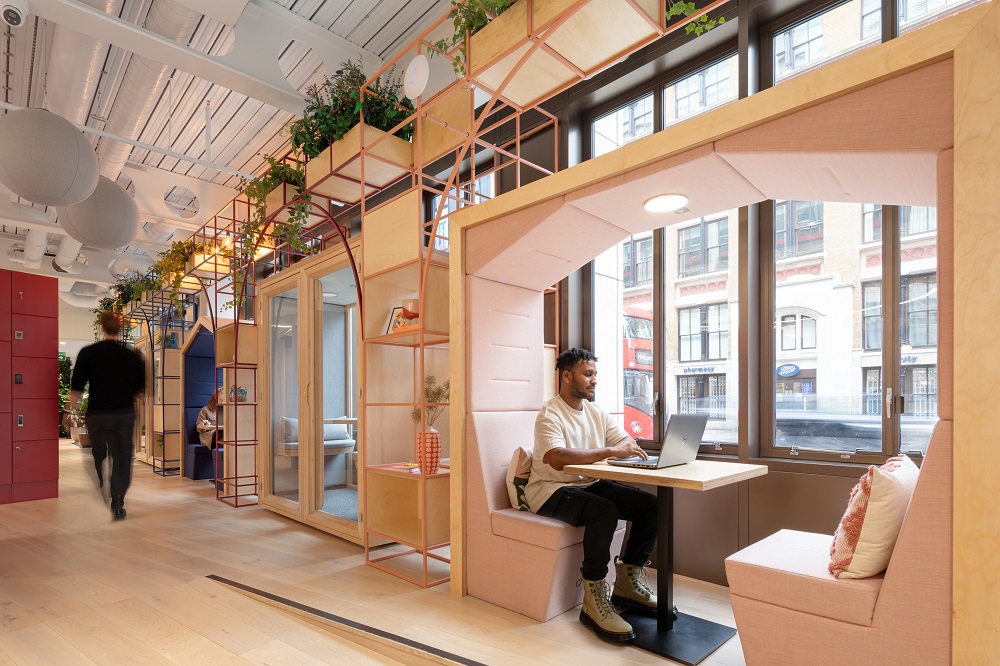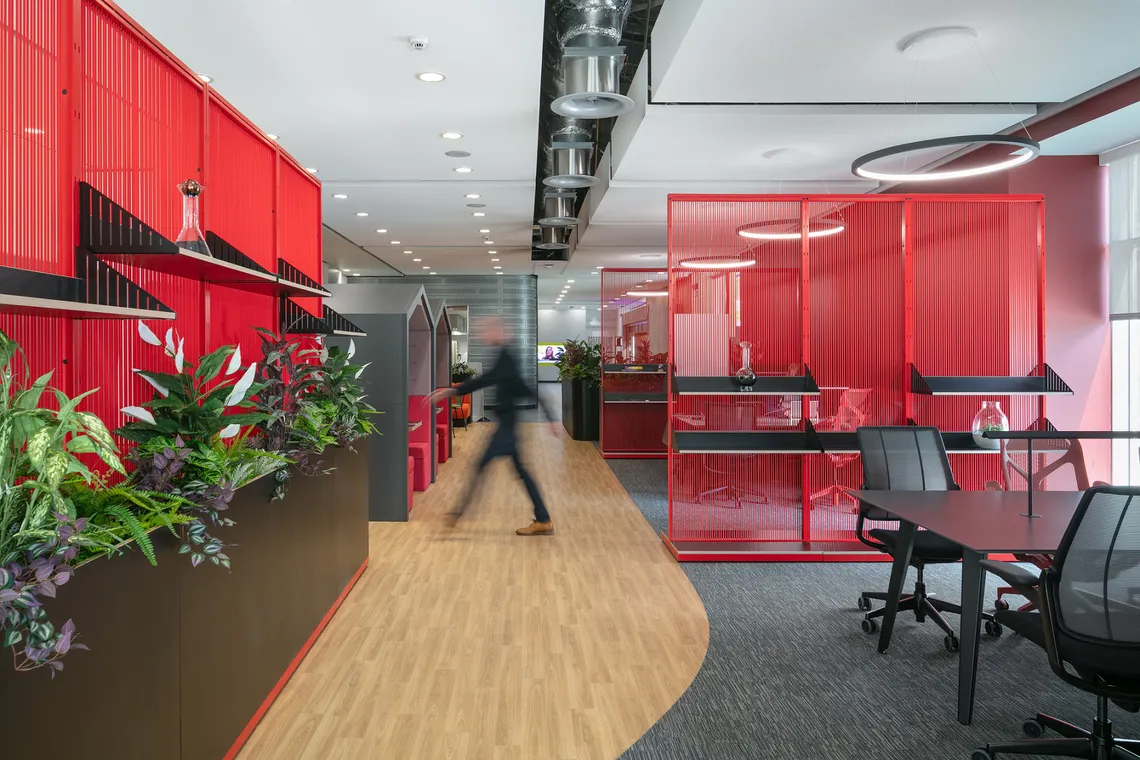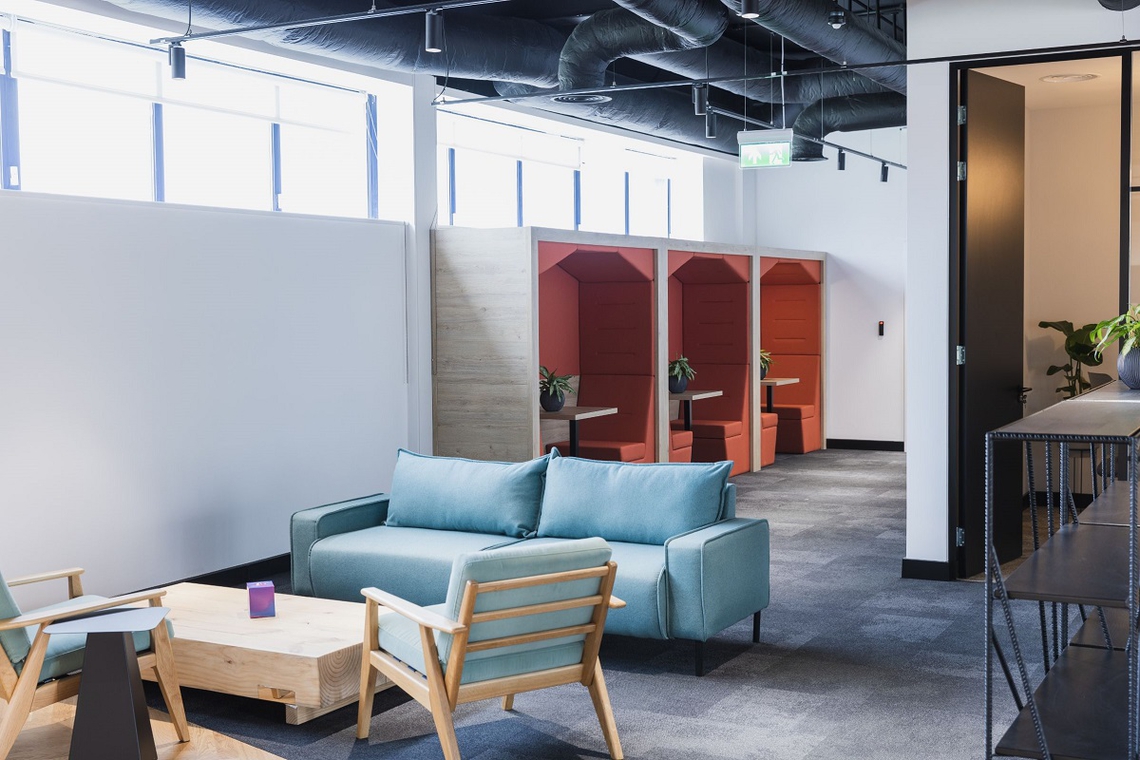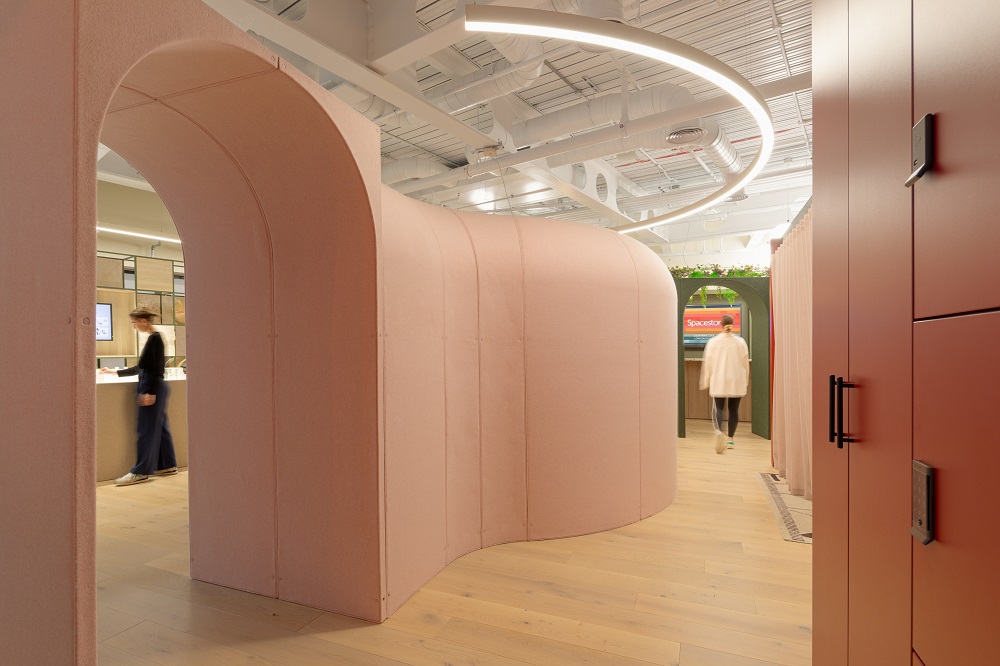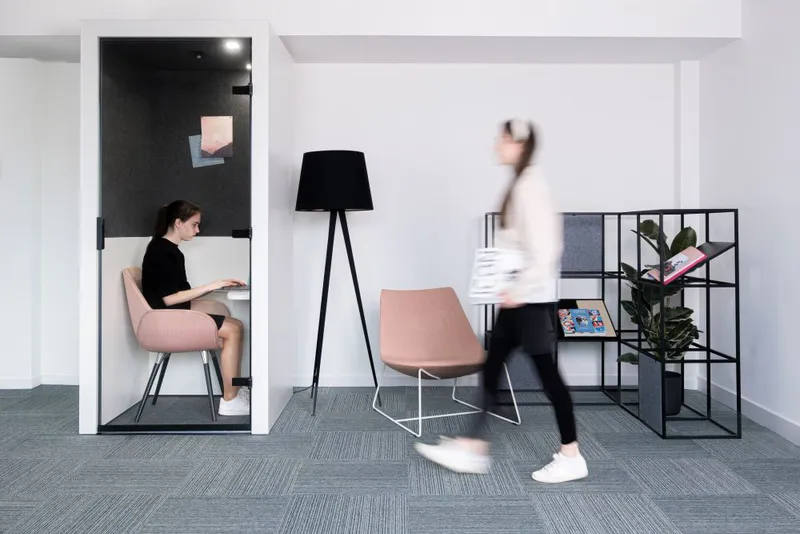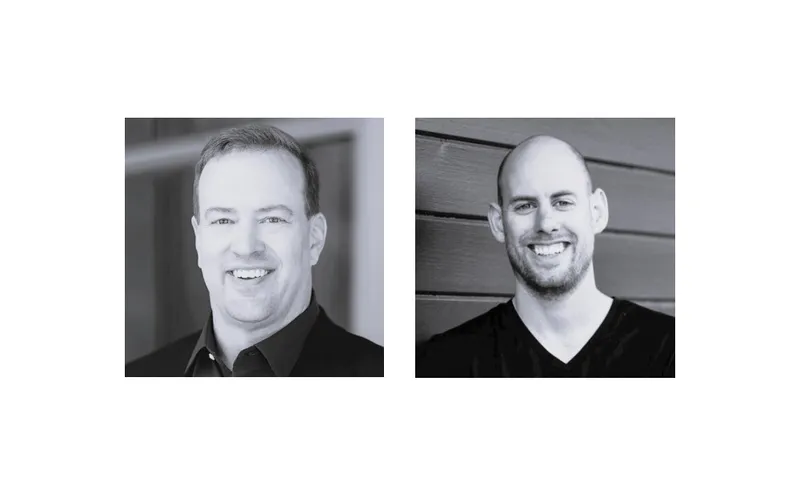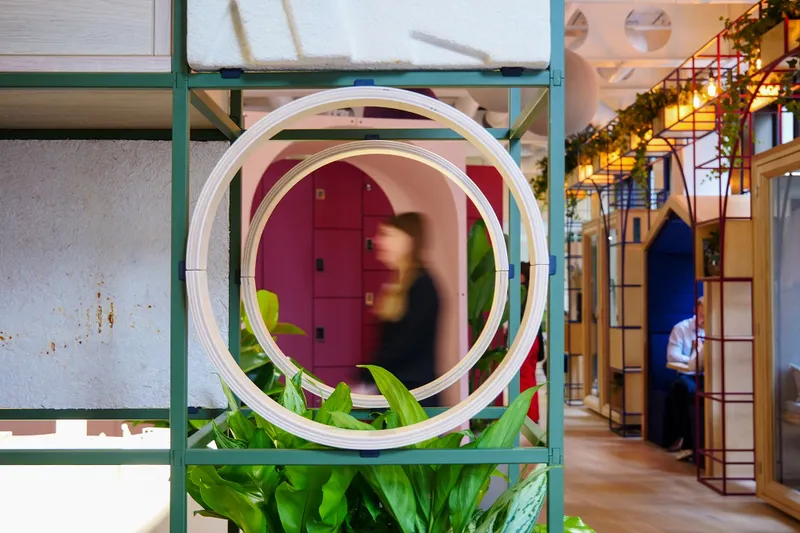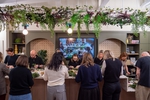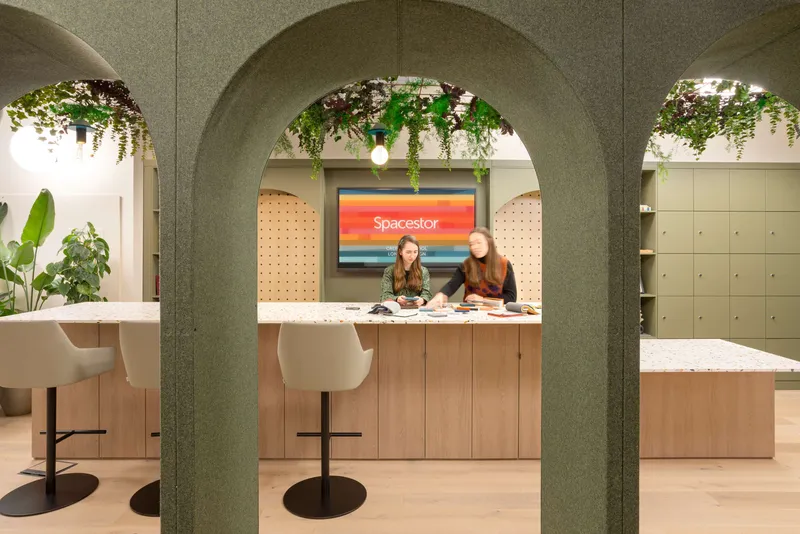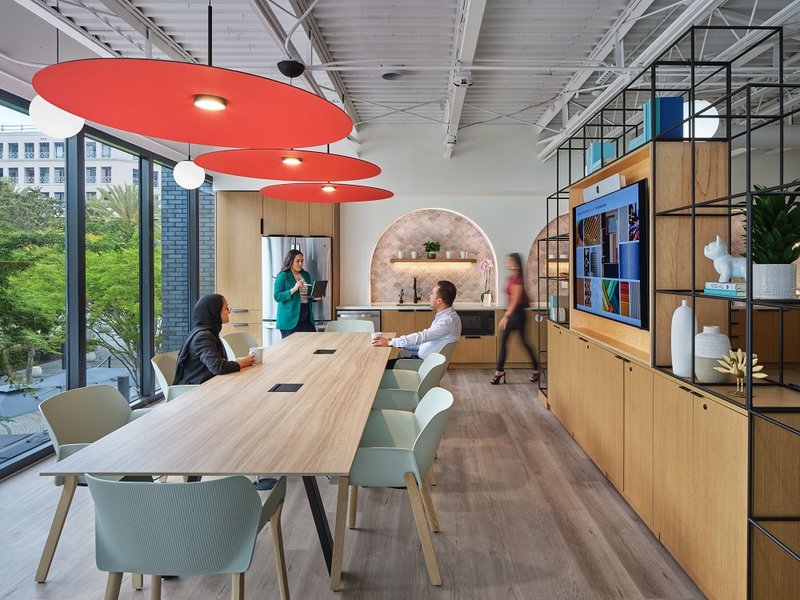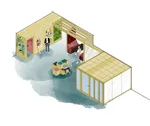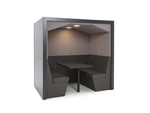18 Dec 2023
Industry Trends, Company News
The role of the workplace and the needs of the people within it are continuing to evolve rapidly. With 2023 showing significant advances in technology, a radical change in societal trends and values, and a human-centred approach becoming the norm across all workspace design, companies, now quite used to adapting their workplace design strategies, must continue to be flexible and responsive to new expectations from an increasingly diverse workforce - which brings with it fresh challenges and opportunities.
So, here at Spacestor, it’s time to share our top 8 workplace trends for 2024.

1. Sustainability and Circular Design
As we step into 2024, sustainability remains a paramount concern for both businesses and individuals, with it now being a fundamental requirement rather than choice. In the realm of workspace design, circular design takes center stage as a holistic approach to product development, fostering a sustainable, zero-waste circular economy. This involves responsibly sourcing raw materials for furniture that are durable, reusable, repairable, and recyclable, considering the entire lifecycle of each item. The use of modular and reconfigurable furniture further enhances sustainability by allowing products to be reused and reassembled based on demand.
Given the increasing prioritization of sustainability by employees and investors, businesses are also adopting energy-efficient measures to reduce their environmental impact. Initiatives such as adopting LED lighting and smart thermostats significantly curb energy consumption in the workplace. These practices not only save money but also minimize the need for new material purchases, aligning with the broader goal of creating environmentally conscious and responsible workspaces.

2. AI Integration
Workplaces that utilise the integration of advanced technologies and artificial intelligence (AI) are ushering in a new era of efficiency, collaboration, and employee satisfaction. AI-driven tools are transforming traditional office spaces into intelligent, fully-connected and personalized environments that adapt to the needs and preferences of their occupants, with technology like smart lockers and bookable meeting spaces helping to enable a fully agile hybrid workforce.
AI-powered technology is also helping within design, with companies such Canoa introducing AI powered canvas technology, allowing teams to create more effective and less-wasteful design choices for their workspace in a collaborative format. Many companies are now also looking to the use of AI for employee engagement, utilising chatbots for onboarding new employees, as well as team surveys to keep employees who may be further afield, close. AI will prove to be a great equalizer and reduce bias within organizations. As workplace design evolves to accommodate these technological advancements, organizations are not only maximizing efficiency but also fostering a more dynamic and engaging workforce that ultimately contributes to enhanced productivity and employee well-being.

3. Adapting to the Urban Exodus
The big cities like London or LA are not going away, but there is increased growth in second and third tier cities – due to hybrid working or people choosing to relocate for lifestyle reasons. Ensuring that these workers have ‘London-quality’ office spaces in Edinburgh, Manchester, Denver will be paramount for companies to ensure a happy workforce. Remaining office space in major cities will be smaller – but with very specific and distinctive needs, such as dedicated and various workspaces such as pods and booths, and reconfigurable solutions. In a world of increasing uncertainty and higher costs (e.g. interest rates), many firms will be looking to avoid high commitments and therefore smaller offices with more premium interiors will become prevalent.

4. FlexWork Harmony
Gallup has found hybrid workers have a much higher employee engagement, lower turnover intentions, and better well-being compared with fully in-person workers. The enduring success of the hybrid workforce also hinges on the creation of a workspace that is worth the commute. The evolving work landscape places a premium on enhancing the experiences of employees, clients, and the overall brand. To achieve this, the physical office needs to function as an experience multiplier, serving as a space that nurtures mental health and well-being, supports physical health, aligns with diverse working preferences, and also acts as a hub for enjoyment, human connection and camaraderie.
This holistic approach aims to transform the office into more than just a functional workspace, emphasizing its role in contributing to the overall quality of its inhabitant’s professional and personal life. This has led to a renewed focus on providing the right workspaces and amenities in the workplace. In 2024 we’ll see an increasing number of businesses concentrating on amplifying the workplace experience to encourage more employees back into the office, rather than dictating a return. Moving away from the notion of presenteeism and trusting people to decide how, where and when they work, enabled by an effective use of digital technology, will help both businesses and employees get the best from each other, delivering genuine value to clients and making businesses more inclusive.

5. Building Beyond Walls
Gone are the days when meeting rooms were confined by walls, and teams were separated into boxed-off spaces. The contemporary workplace thrives on connectivity, and the absence of built walls fosters immersion and a breezy flow of energy throughout the office. Many businesses are achieving flexibility through modular furniture, acting as a kit of parts that facilitates the creation of diverse spaces within a larger setting—zones for various activities, hubs for collaboration, and areas for relaxation—all without the constraints of walls.
Companies can embrace an open and flexible office design by investing in zoning furniture, acting as versatile partitions that replace traditional, inflexible walls. The impact of this can be seen at the Woodland Trust’s Grantham offices, which uses our Palisades II space divider to offer a dynamic alternative to walls, avoiding the drawbacks of light-blocking and aesthetically uninspiring barriers. Maintaining designated areas for quiet, solo, or one-to-one work is still essential, and innovative solutions like Spacestor's Residence office pod and booth family address these needs without relying on traditional walls. Additionally, furniture such as Aeonica provides a reconfigurable space that serves as a visually appealing focal point in the office, seamlessly blending function and fashion.

6. The Bleisure Revolution
The emerging trend of hospitality-inspired workspace design reflects a paradigm shift towards creating environments that seamlessly accommodate both professional business and leisure needs. Dubbed "bleisure," this trend emphasizes the integration of remote working within communal spaces, tailored to meet the requirements of the modern worker. As professionals increasingly seek flexibility in their work arrangements, these communal spaces are designed to be remote-worker-ready, offering a blend of comfort, functionality, and a sense of community. Whether it's a cozy corner in a coffee shop or a shared workspace in a hotel lobby, we’ll see these spaces prioritize the comfort and technology necessary for effective remote work.
We will also see more and more businesses look to the hospitality industry to inspire workplace design, creating spaces and building concierge services that cater to the evolving demands of a workforce that values both productivity and a relaxed, communal atmosphere. A great example of this trend is in our recent work at HOK’s Miami studio, complete with residential-style lounge that encourages socialisation and collaboration.

7. Organic Design
The trend of organic design is making waves with its departure from traditional, rigid structures. This design philosophy embraces soft lines for more fluid and organic contours, exemplified by innovative pieces like the Aeonica. Organic materials, colors and design reiterate the trends of sustainability and biophilia, contributing to employee wellbeing and health. This approach can be seen in our work at The Mart’s iconic Chicago offices, which seeks a balance between the free-flowing organic shapes and the necessity for a well-organized, purposeful workspace.
In a return to basics, the organic design trend reflects a conscious effort to create spaces that are not only visually appealing but also practical and considerate, ensuring functionality without compromising safety measures such as unobstructed fire exits.

8. Designing for Emotion
In the aftermath of the pandemic, remote work became the standard. Yet, amidst a backdrop of increasing feelings of isolation and disconnection among workers, 2023 witnessed the rise of the hybrid workplace as a crucial element in safeguarding employee mental health. This significant shift toward prioritizing wellbeing brought an emotive aspect to the forefront of workplace design, placing greater emphasis on creating a sensory experience that fosters emotional well-being. Guided by empathetic design principles, biophilia, and resimercial design that seeks to bring an air of home into the office, the evolution of workspace design now seeks to provide warmth, comfort, and a connection to nature, aiming to nurture employees and cultivate a positive workplace experience. In the year ahead we will see more offices incorporate amenities such as Hootsuite’s Wellness Room, to leverage this approach and reflect a deeper understanding of the integral link between the physical environment and the mental and emotional health of individuals in the workforce.

The top workplace trends for 2024 signal a profound transformation in how we perceive and design our work environments. As the workforce becomes increasingly diverse and purpose-led, the imperative for adaptable and responsive workspace design grows stronger. From prioritizing emotional well-being and sustainability to embracing smart technologies and flexible arrangements, businesses are navigating a dynamic landscape that recognizes the integral link between the physical environment and the holistic health of individuals. As we move forward, these trends underscore a commitment not just to productivity but to creating workplaces that contribute positively to the overall quality of life for employees, fostering an innovative, sustainable, and fulfilling future for the modern workforce.
Share this article








